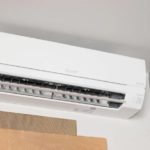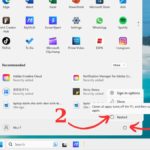If your refrigerator suddenly stops cooling, it can be a real headache. You’ll want to address the issue promptly to prevent food spoilage and maintain the freshness of your groceries. So, what do you do when your refrigerator is not cooling? Well, before calling in a professional technician, there are a few troubleshooting steps you can take yourself.
1. Open the Refrigerator Door

2. Check if the LED light is illuminated. If it’s not, the issue could be related to the power supply. Inspect the power cord and outlet to ensure they’re functioning properly.
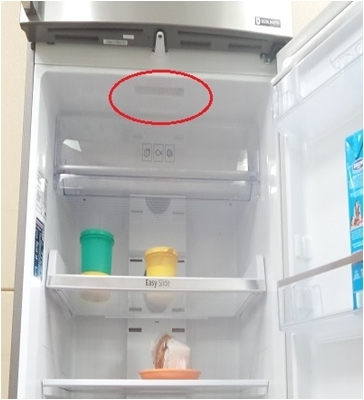
3. If the LED light is on, continue to the next step to troubleshoot the cooling issue.
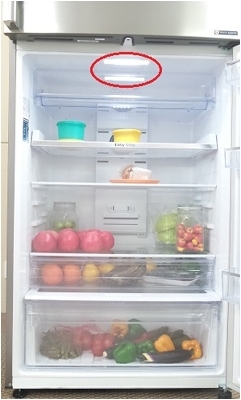
4. Check the Refrigerator’s Location. Keep your refrigerator away from direct sunlight, as it can impact its cooling performance.

5. Ensure Adequate Ventilation. If your refrigerator is in a poorly ventilated area, relocate it to a well-ventilated space, away from direct sunlight.
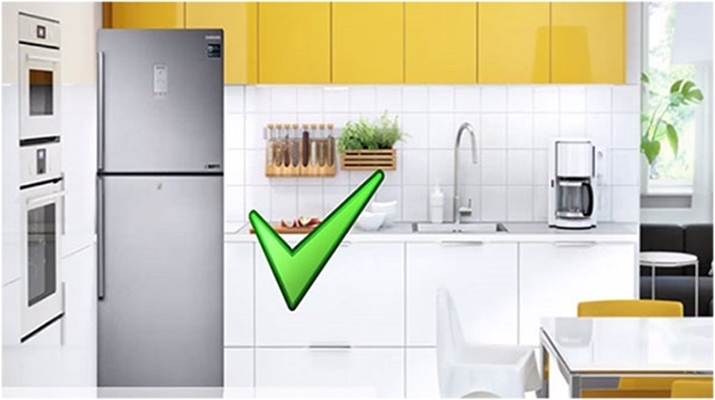
6. Maintain Proper Clearance from walls and the ceiling. Allow for sufficient space around the refrigerator, as shown in the image, to ensure proper air circulation and heat dissipation.
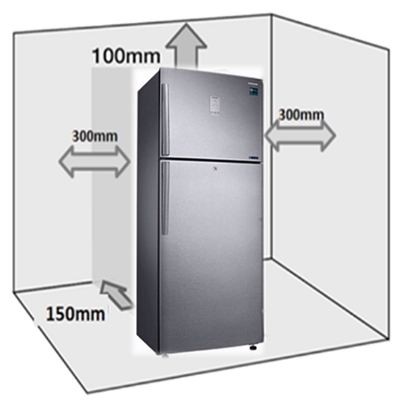
7. Overstuffing the Refrigerator can also lead to cooling issues.
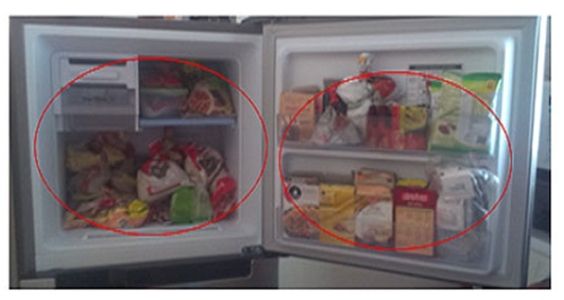
8. Turn Off the Refrigerator if it’s overloaded with food. Unplug the power cord to proceed to the next step.
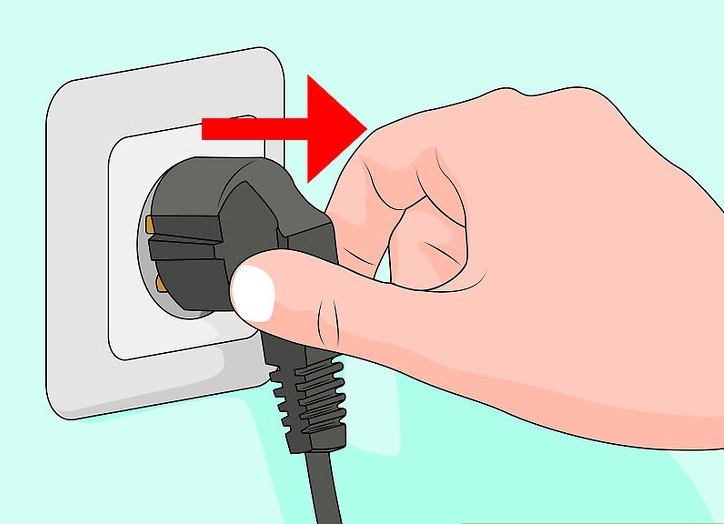
9. Remove All Food Items and Clean the Interior with a lime or vinegar solution.

10. Once cleaned, Plug the Refrigerator Back In and turn it on.
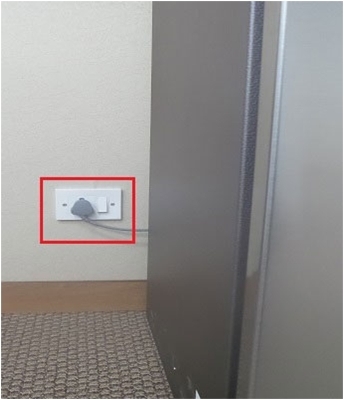
11. Adjust the Temperature Settings to the maximum cooling level.
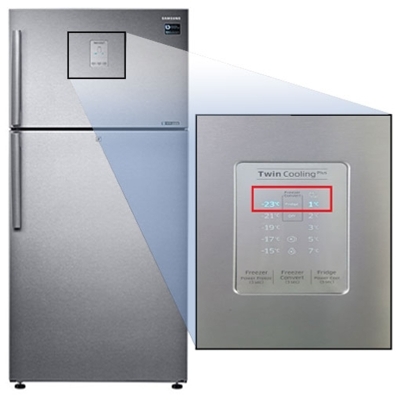
Note: If your refrigerator is not cooling, and you see a “TURN OFF” or “ON” sign, check if it’s in Demo Mode, which is used for energy conservation in showrooms. If so, adjust the settings.
12. Run the Empty Refrigerator for at least 45 minutes to an hour to ensure proper airflow and cooling.

13. Organize Food Items by leaving adequate space between them.
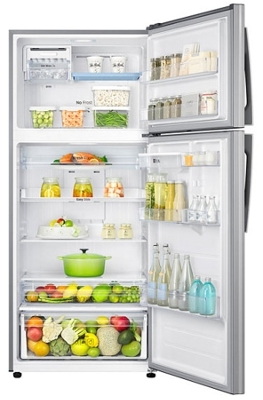
14. Be Mindful of Food Placement. Ensure there’s sufficient space between the back wall and the food items, as this affects airflow through the air filter.
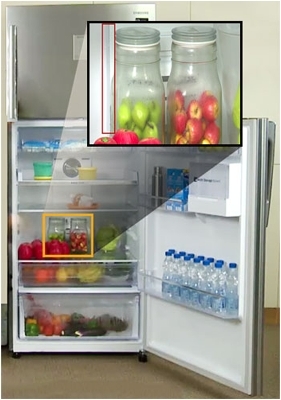
15. Move Food Items to the left or right to allow airflow through the air filter.
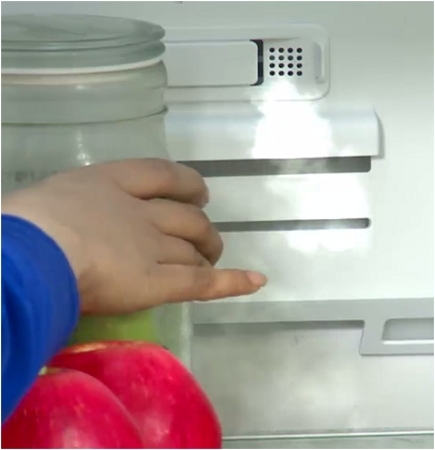
16. This will Ensure Proper Airflow through the internal air filter.

17. Avoid Using Paper Liners or covers inside the refrigerator, as they can obstruct airflow.
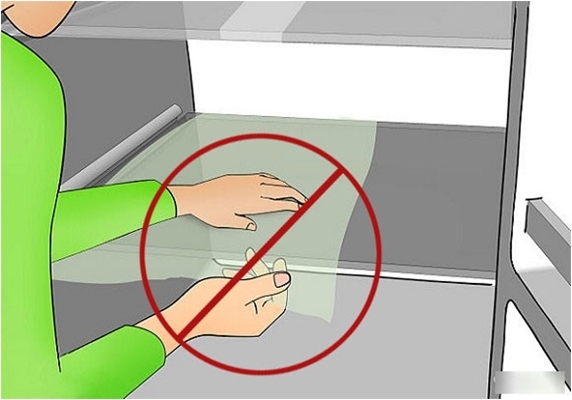
18. Inspect the Door Gasket for any looseness. If it’s loose, adjust it to ensure a tight seal.
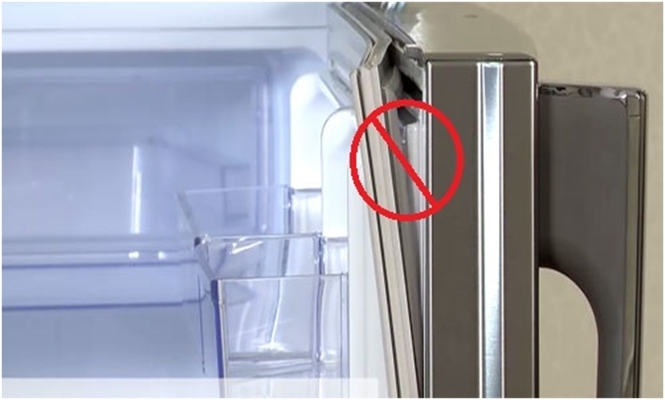
19. Tighten the Loose Gasket to prevent warm air from entering the refrigerator.
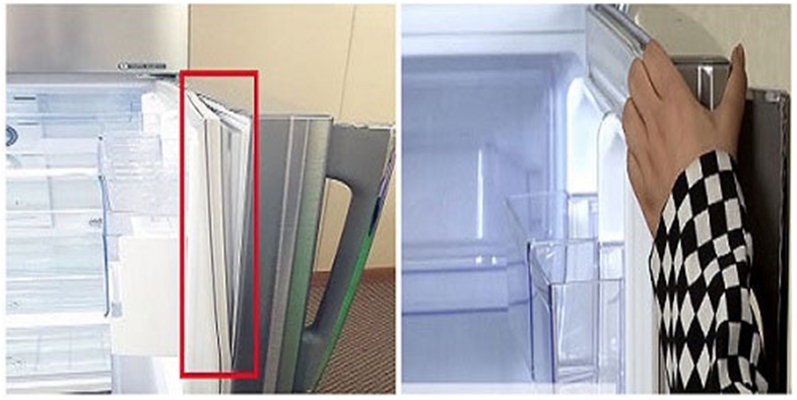
20. Minimize Door Opening and Closing.
Frequently opening the refrigerator door or leaving it open for extended periods can cause cold air to escape, affecting cooling performance and increasing energy consumption. During use, try to reduce the number of door openings and the duration each time the door is opened.
By V.K – Vietnamnet
Laptop Camera Troubleshooting: Identifying Causes and Effective Resolution Strategies
Experiencing a faulty laptop camera is a common issue faced by many laptop users. Various factors can contribute to this problem, and to understand the reasons behind a malfunctioning laptop camera and discover effective solutions, we invite you to explore our comprehensive guide.


























